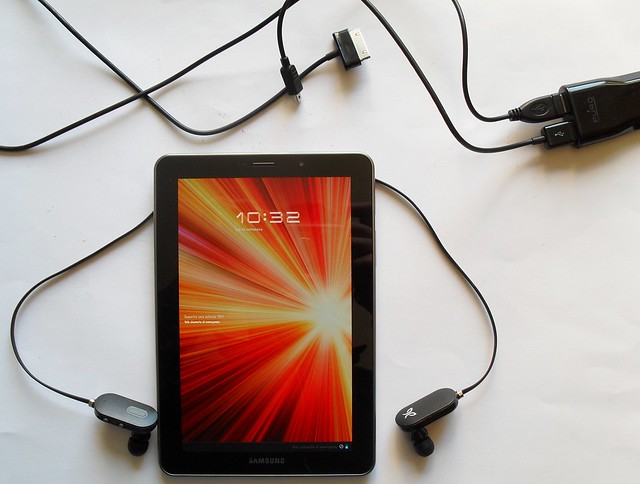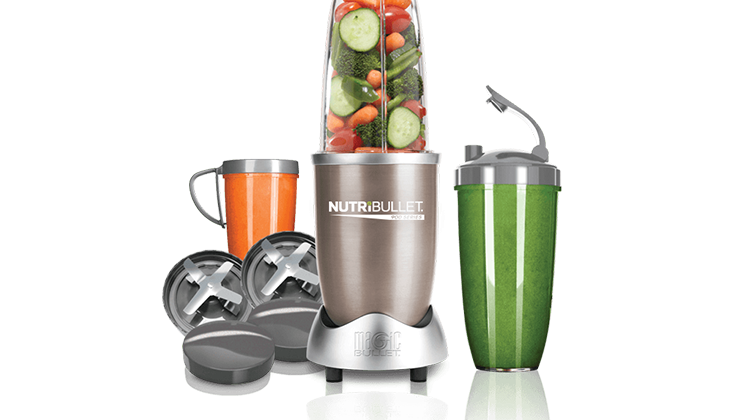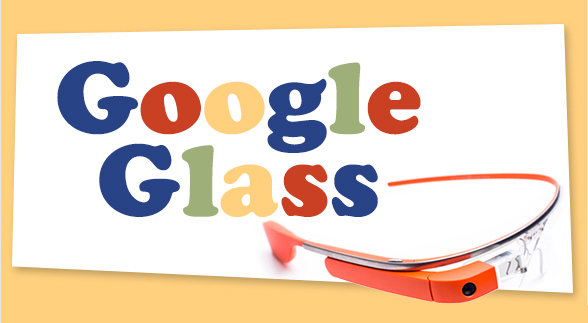You have just decided that the time has come for you to buy a tablet. Congratulations! You have already made the first tough choice – between Apple and Android, you have decided in favour of the latter. Great! But that choice actually makes it difficult to proceed to the next step – deciding which of the many available Android tablets you should purchase. Is there anything that could make the choice easier?
You probably don’t want an old device given the speed at which technology evolves. So let’s leave the old ones out and compare the most important features of the newest devices released by the top manufacturers – Samsung, Sony and Google.
Samsung Galaxy Note 10.1
Samsung’s latest tablet computer is the Samsung Galaxy Note 10.1 released in August, 2012. The display’s size is a standard 10.1 inches with a 1200 x 800 pixels screen resolution. The important thing here is the PLS display technology which is Samsung’s own patent and is a step above the mainstream IPS displays. The device runs Android 4.0 Ice Cream Sandwich, but can be upgraded to the latest 4.1.2 Jelly Bean version. The hardware includes a 4-core 1.4GHz CPU, 2GB of RAM, 16, 32 or 64 GB of internal storage and room for an additional memory card. The tablet has Wi-Fi, Cellular, Bluetooth and GPS, and the battery life is estimated as 8 hours.
Sony Xperia Tablet S
Sony released the Sony Xperia Tablet S in September, 2012. Though the Tablet Z is expected in May, Tablet S is still the newest option. It is slightly smaller in display size than Galaxy Note – 9.4 inches; but it has the same 1200 x 800 resolution. The display is standard TFT with a slight twist – an anti-fingerprint finish. So if you want a tablet that is almost always clean, this is the perfect choice. Xperia S comes with Android 4.0 Ice Cream Sandwich and cannot yet be upgraded to Jelly Bean – the upgrade is expected later this year. With a 4-core 1.3GHz CPU and 1GB of RAM, the tablet is a bit slower than Galaxy Note, but you shouldn’t be able to notice the difference much unless you use the device mostly for gaming. You get 16 to 64 GB of internal storage plus a card slot, all of which is topped by a slightly longer battery life – 8 and a half hours.
Google Nexus 10
Google’s latest creation (in collaboration with Samsung, of course) is the Google Nexus 10, released in November, 2012. The display is a standard size (10.1 inches), but the resolution is truly staggering – 2560 x 1600 pixels. Due to Samsung’s involvement, the display is PLS, just like in the Galaxy Note. Being a Google tablet, the device comes pre-packed with the latest 4.2.2 version of Jelly Bean. It boosts a dual-core 1.7GHz CPU with 2GB of DDR3 RAM and has Wi-Fi, Bluetooth and GPS. On the downside, the tablet comes with either 16 or 32 GB of internal storage without a memory card slot, plus it doesn’t have the option for cellular connectivity.
Of course, there are other brands you might want to take a look at – Asus, Acer, Lenovo, Amazon, Nook and so on. What you need to do is determine which features matter the most – battery life, speed, internal storage, display, etc. Once you’ve done that, choosing your perfect Android tablet will be a breeze.




